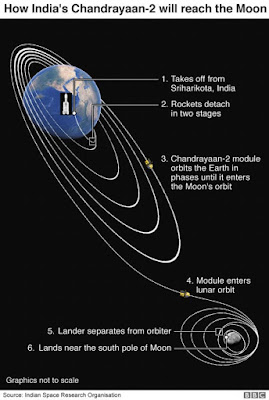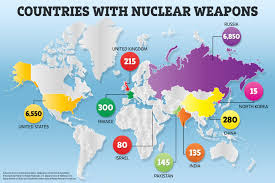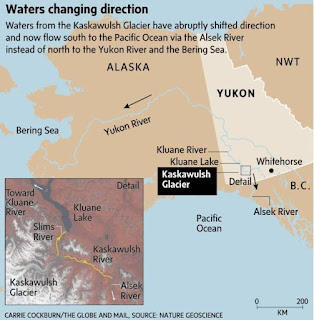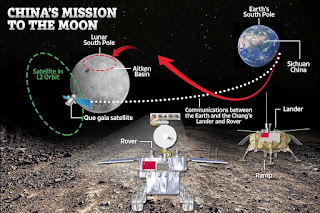 |
| The rise and fall of Apple .. |
The growth and fame of Apple is largely attributed to the legendary entrepreneur and designer duo, due to the undaunted efforts of Steve Jobs and the Industrial Designer-in-chief, Jonathan Ive who together brought in many revolutionary products for the IT world.
This article is trying to look at what were the specific characteristics of Apple Inc.and its founders that made the products world famous. The paper continues with the present leadership of Tim Cook and looks at what has gone wrong where and whether Tim Cook can ever revive the company from its old name and fame, even though the company stock is doing well on the stock market.
This article is trying to look at what were the specific characteristics of Apple Inc.and its founders that made the products world famous. The paper continues with the present leadership of Tim Cook and looks at what has gone wrong where and whether Tim Cook can ever revive the company from its old name and fame, even though the company stock is doing well on the stock market.
Apple's growth has been phenomenal over the years. It has set the product design for many an IT product to start with the desktop computer. When the whole world was looking at stared computing and main frames and minis, Steve jobs comes with the first Apple Macintosh, the table top personal computer. He set the direction for the evolution of the IT revolution in the world.
The author was fortunate enough to work on the Apple Mac during his PG college days at the Govt College of Engineering, Goa which also had a NELCO Unix Mini computer during late 80s (and on an IBM Mainframe for the first time at the Govt College of Engineering Trivandrum, Kerala during the early 80s). During the days of 80s and 90s, only government engineering colleges existed and had public funds for these govt colleges.
Regarding Apple, what were the focused reasons that contributed to the success of Apple since the early 80s ?
First and foremost point regarding Apple, is the innovative work culture which focuses on New Product Development. Steve Jobs had a disciplined focused approach which nurtured innovation.
The design process used to start initially with 10 ideas which used to be filtered to three in the second stage and finally to one in the last stage.
In the process of accepting the last design, there used to be paired meetings between the product development group members who met on Tuesdays to come up with an innovative approach and used to test it and discuss the outcome of the tests by Thursday. ie. prototypes used to be tested very frequently and this testing process was quite intense.
 |
| Leaders at Apple, Ive was the Chief Industrial Designer till 2019 .. |
In the process of accepting the last design, there used to be paired meetings between the product development group members who met on Tuesdays to come up with an innovative approach and used to test it and discuss the outcome of the tests by Thursday. ie. prototypes used to be tested very frequently and this testing process was quite intense.
It was followed by Pony meetings with senior managers once in two weeks so that the senior managers were also aware of the general direction the new product development and design process was taking.
The uniqueness of Apple Design and Manufacturing Operations can be summarised in the following points :
1. No market research
2. Small core design team of max 6 members
3. Apple does not outsource any aspect of the system, it owns the entire supply chain
4. instead of focusing on an entire stable or products in IT area, Apple used to focus exclusively only on certain key products
5. the design team had a maniacal focus on perfection
6. the focus of the design team was always on new product development
All through the design and product development process Apple's focus was on
1. new product development, not process or service
2. Sharp focus on the product being designed by attending to even the minutest detail of the product and material
3. have a thorough understanding of the customer and market and design products that will entice the people and product that never existed before
4. have the right group of people in the organisation and reward them well
What ails Apple now ?
Just like Xerox and IBM declined after their initial spectacular growth and rise in the early sixties and seventies, Apple too had its ups and downs. Apple is already lagging behind its rivals in new product development.
- In the case of the curved phone. Samsung is clearly 2 years ahead of Apple in this field. Also in the case of bringing smartphones with interesting smart apps, Apple through it's Siri device is clearly lagging behind the industry leaders Amazon and Google in Artificial intelligence apps.
- Though Apple has a 25 % share of the wearable market, competitors like Huawei are catching up fast with growth almost 5 times as much as Apple.
- After the introduction of ipod, the itunes was a service offering which was not a major success across the world, with challengers like Spotify, Pandora, Amazon Music, Netflix etc.
If Apple is to survive in the new scenario of the modern world it has to introduce an entirely new product line which customers never ever thought existed before. This product will have to entice the customer like never before.
Without innovation, and the rate at which Google and Amazon are going behind Innovation, it really scares any Apple executive. Apple can only survive trying to understand the customer needs, wants and desires, ie. only through DESIGN THINKING.
Click here for a free case study doc on Apple prepared by the author for the benefit of the student and teaching community of the world..
George..













































